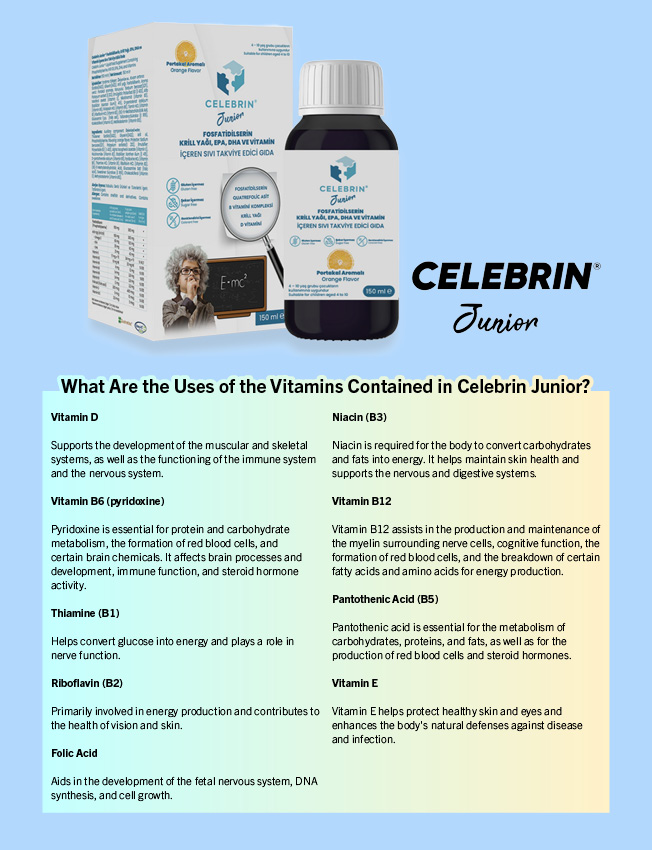Hashimoto Disease

Hashimoto’s Disease has become a widely discussed thyroid condition, especially in the last 5 years, and it has become the most common thyroid disorder. First described by Japanese surgeon Hakaru Hashimoto in Berlin in 1912, the disease is characterized by the hardening of the thyroid gland and the loss of its functional properties.
Hashimoto is an Autoimmune Disease
In subsequent years, it was revealed that Hashimoto’s Disease develops as a result of the body’s immune system attacking itself. It stems from an increase in antibodies developed against the thyroid gland, which perceive the thyroid gland as a harmful virus and attempt to destroy it. Therefore, it is defined as an “Autoimmune Disease” or “Autoimmune Thyroiditis.”
Antibodies are protein structures produced by the immune system to protect the body against foreign chemicals, bacteria, or viruses. As a result, the thyroid gland is damaged, typically leading to gradual dysfunction and eventually hypothyroidism, a condition where the thyroid gland does not function properly. However, hypothyroidism is not the only condition observed in Hashimoto’s Thyroiditis. If there is an excess production of antibodies causing significant damage to the thyroid gland in a short period, excessive amounts of thyroid hormones (T4 and T3) leaking into the blood can lead to hyperthyroidism (excessive secretion of thyroid hormones). Conversely, if this attack is slow, there may be no change in thyroid hormone levels in the blood, and thyroid function may be considered normal.
Familial Characteristics
The majority of cases of Hashimoto’s thyroiditis occur in women, and the family history of patients, including their mothers, siblings, children, aunts, and nieces, should be investigated for this disease. It has been identified that it occurs 15-20 times more frequently in women than in men. 95% of patients are female, and it is seen in about 2% of the population. The frequency of occurrence among women aged 18-50 can reach up to 10%. Therefore, it is also described as a mother-daughter disease in society. It exhibits genetic inheritance, and environmental factors trigger the onset of the disease.
Formation of the Disease
In Hashimoto’s thyroiditis, autoantibodies form against thyroid peroxidase (TPO) and thyroglobulin (TG) present within thyroid cells. The body produces large amounts of anti-TPO antibodies and anti-TG antibodies to destroy the thyroid gland. These antibodies were identified much later, in the 1980s, long after the disease was recognized. These antibodies bind to the thyroid gland, causing damage to the thyroid cells. As a result, various inflammatory cells, including lymphocytes, accumulate in the thyroid gland. As thyroid cells are damaged and decrease in number, the gland loses its function and volume. Consequently, the number of cells capable of producing hormones decreases significantly, leading to thyroid hormone deficiency. Initially, the gland does not always shrink. During this process, certain cells from the bloodstream enter the thyroid gland and disrupt the function of some thyroid follicles (tiny sacs filled with thyroid hormone). To compensate for this, some thyroid cells multiply. Eventually, the thyroid gland becomes swollen, and some follicles break down, resembling a goiter-like condition. As the broken follicles heal, scar tissue (fibrous tissue) forms in their place. Over time, scar tissue increases, the volume of the gland decreases, and the thyroid gland shrinks (thyroid atrophy).
Environmental Factors Increasing the Frequency of the Disease
Excessive iodine intake is the primary factor. Since iodized salt was introduced in Turkey in 1998-1999, there has been an increase in the frequency of this disease due to excessive salt consumption. Excessive iodine intake can directly inhibit thyroid hormone synthesis in genetically predisposed individuals and make the thyroglobulin molecule more susceptible to anti-TG and anti-TPO antibodies by triggering the immune system. As a result, the severity of damage increases, and the destruction of the thyroid gland accelerates.
Other environmental factors include stress, pregnancy, infections, smoking, hepatitis C infection, and selenium deficiency. Selenium can protect the region where autoantibodies bind and initiate damage on the membrane of thyroid cells (although not fully understood). Therefore, selenium supplementation and iodine restriction may be recommended, especially in Hashimoto patients with normal thyroid hormone levels, at certain intervals.
Symptoms
Patients with Hashimoto’s disease often do not have prominent complaints. If hypothyroidism is present, symptoms such as fatigue, weakness, exhaustion, weight gain, inability to lose weight, feeling cold, easy fatigue, dry skin, slowed bowel movements, constipation, forgetfulness, and depressive mood may occur. In women with hypothyroidism, menstrual bleeding may be more abundant and last longer; menstrual periods may also occur more frequently than normal. If untreated hypothyroidism occurs in a woman who becomes pregnant, she may not be able to continue her pregnancy. The disease is cured with thyroid hormone replacement therapy.
As patients with Hashimoto’s disease age, the frequency of hypothyroidism (thyroid insufficiency) increases. These patients often have a rubbery goiter. In rare cases, the thyroid gland may be firm. There is no pain or tenderness in the thyroid gland. The thyroid usually enlarges silently, without complaints. Patients typically consult a physician due to goiter or complaints caused by low thyroid hormone levels, such as fatigue, weakness, pallor, swelling in the eyelids, hands and face, swelling in the feet, and voice deepening. In children with Hashimoto’s disease, growth delay, delayed bone age, and high cholesterol levels may be present.
In the case of hyperthyroidism, symptoms such as weight loss, diarrhea, sweating, palpitations, and lack of energy are prominent. If thyroid tests are normal, the patient may have no complaints. Alternatively, skin changes and hair loss may occur. Menstrual irregularities may also occur in women. Difficulty getting pregnant may occur in this case. Therefore, in young women with Hashimoto’s disease, the target for TSH levels is below 2.5 mIU/mL.
How is the Diagnosis Made?
The diagnosis is made with T3, T4 (especially free T3, free T4), TSH, anti-TPO, and anti-TG tests. Thyroid ultrasound is very helpful in diagnosis. Different images indicating the degree of damage in the gland can be seen with ultrasound. The most common appearance is patchy, resembling an old fabric. The patchy appearance varies depending on the frequency and distribution of scar tissue.
If Hashimoto’s thyroiditis is present, thyroid tests should be performed on other family members. The mothers, daughters, sisters, aunts, and nieces of women diagnosed with Hashimoto’s thyroiditis should be investigated for this disease. First, a TSH test should be performed. If it is above normal, the patient should consult an endocrinologist.
Other Disorders Found in Patients with Hashimoto’s Disease
1. Graves’ disease in 50% of cases
2. Type 1 diabetes
3. Addison’s disease (adrenal gland, cortisol deficiency)
4. Hypogonadism due to inflammation of the testes and ovaries
5. Hypoparathyroidism (parathyroid hormone deficiency, characterized by low calcium levels and muscle contractions)
6. Inflammation of the pituitary gland
7. Anemia due to vitamin B12 deficiency (Pernicious Anemia)
8. Vitiligo (white patches on the skin)
9. Rheumatoid Arthritis (joint inflammation)
10. Thrombocytopenia (deficiency of blood cells that clot the blood)
11. Myasthenia gravis (a muscle disease causing pain and weakness in the muscles)
Hashimoto’s thyroiditis can occur alone or in combination with Graves’ disease, thyroid nodules, multinodular goiter, and thyroid cancers. Any type of thyroid disease can develop on the background of Hashimoto’s disease.
Treatment and Follow-Up
Treatment varies according to each patient’s characteristics. If hypothyroidism is present, thyroid hormones are initiated. If hyperthyroidism is present, anti-thyroid drugs are given. If thyroid hormone levels are normal, medication may not be started. However, in young women and pregnant women, thyroid hormone may be started more quickly if the TSH level is approximately below 2.5 mIU/mL. Selenium can be safely used in non-pregnant individuals. Iodine intake should be restricted except for pregnant women. Follow-up should be performed every six months to ensure the ideal dose of thyroid hormone. The follow-up period is shorter in hyperthyroidism. If there is a thyroid nodule, follow-up with ultrasound is performed at certain intervals depending on the characteristics of the nodule.









